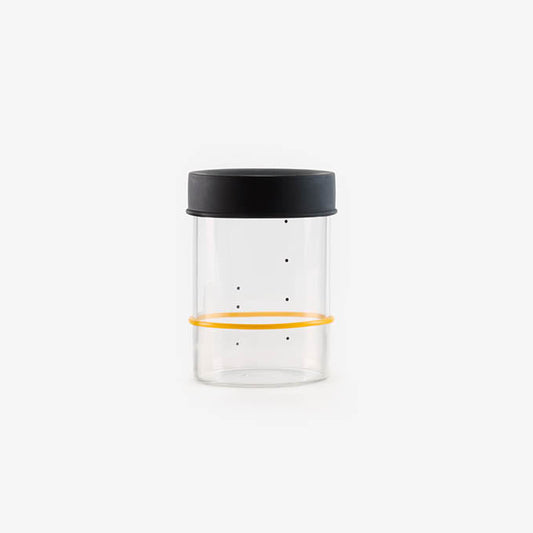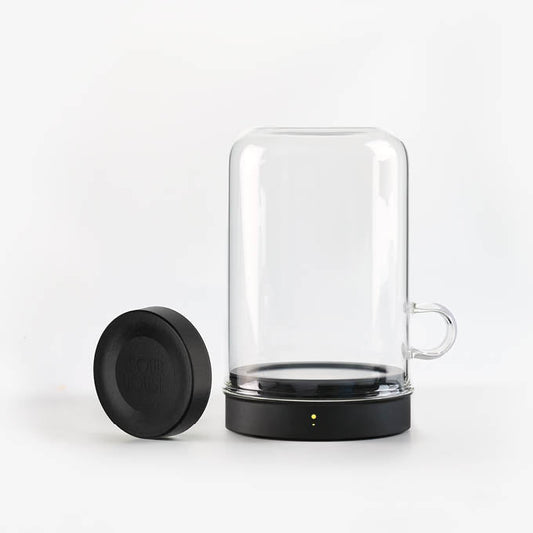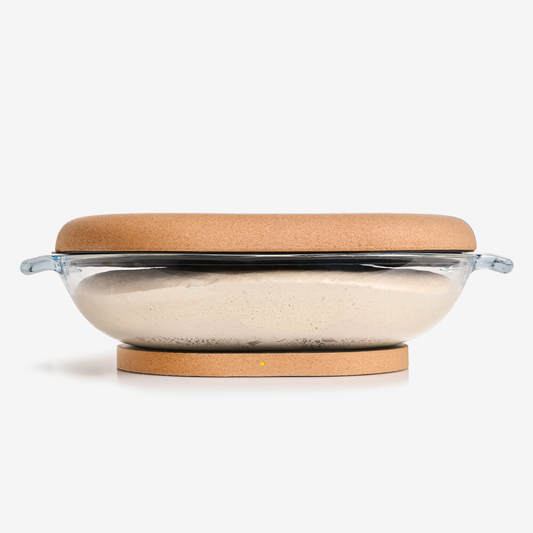
Sourdough Starter Tip: Water Separation vs Hooch
Share
When starting a new starter, there are two things that indicate that your sourdough starter is hungry - water separation and hooch.
Water Separation occurs in the early stages of creating a new sourdough starter, before you ever get any rises or falls or even bubbles within your starter.
This typically happens within the first few days if you’re going to experience it.
Typically, the water sits at the top of your starter, but can be seen in the middle and even the bottom of your starter too. This is an indication that your starter is hungry and needs to be fed more flour in proportion to the water.
You can remedy this by stirring in a bit more flour into my starter and let it sit until the next feeding. If you notice more separation again, feed it a little more flour. The goal is a thick pancake-like consistency for your starter.
Hooch is formed after your sourdough starter has already had some bubbles, rises and falls.
Hooch will smell like alcohol. This is a big indicator that your starter is really hungry. You can choose to pour off your hooch or stir it in, then feed it both water and flour using your typical ratios.
The preference on whether or not your pour off comes to taste. In the early stages we'll tend to stir it in, however if it’s been sitting for a while in my fridge and has a really big layer, we’ll pour it off since it tends to have a very strong alcohol flavor after that.
Knowing the difference between water separation and hooch is very helpful for beginner and experienced sourdough bakers alike! It’s easy to get stressed and think you’re doing something wrong, but rest assured, starters are very resilient and often give us lots of clues on how to help them thrive.
And of course you cannot see what is happening with your sourdough starter without a good sourdough starter jar.
Click here to learn more about what makes a good starter jar.





1 comment
Thank you